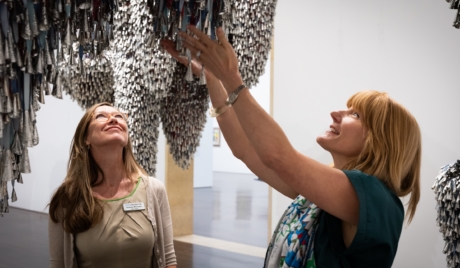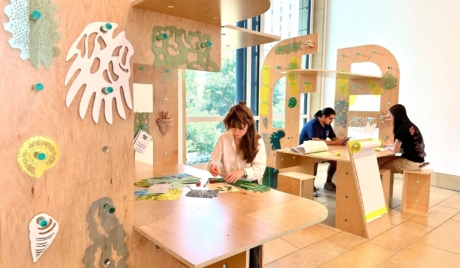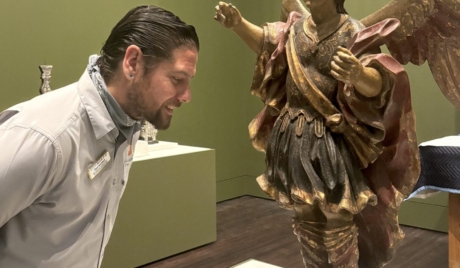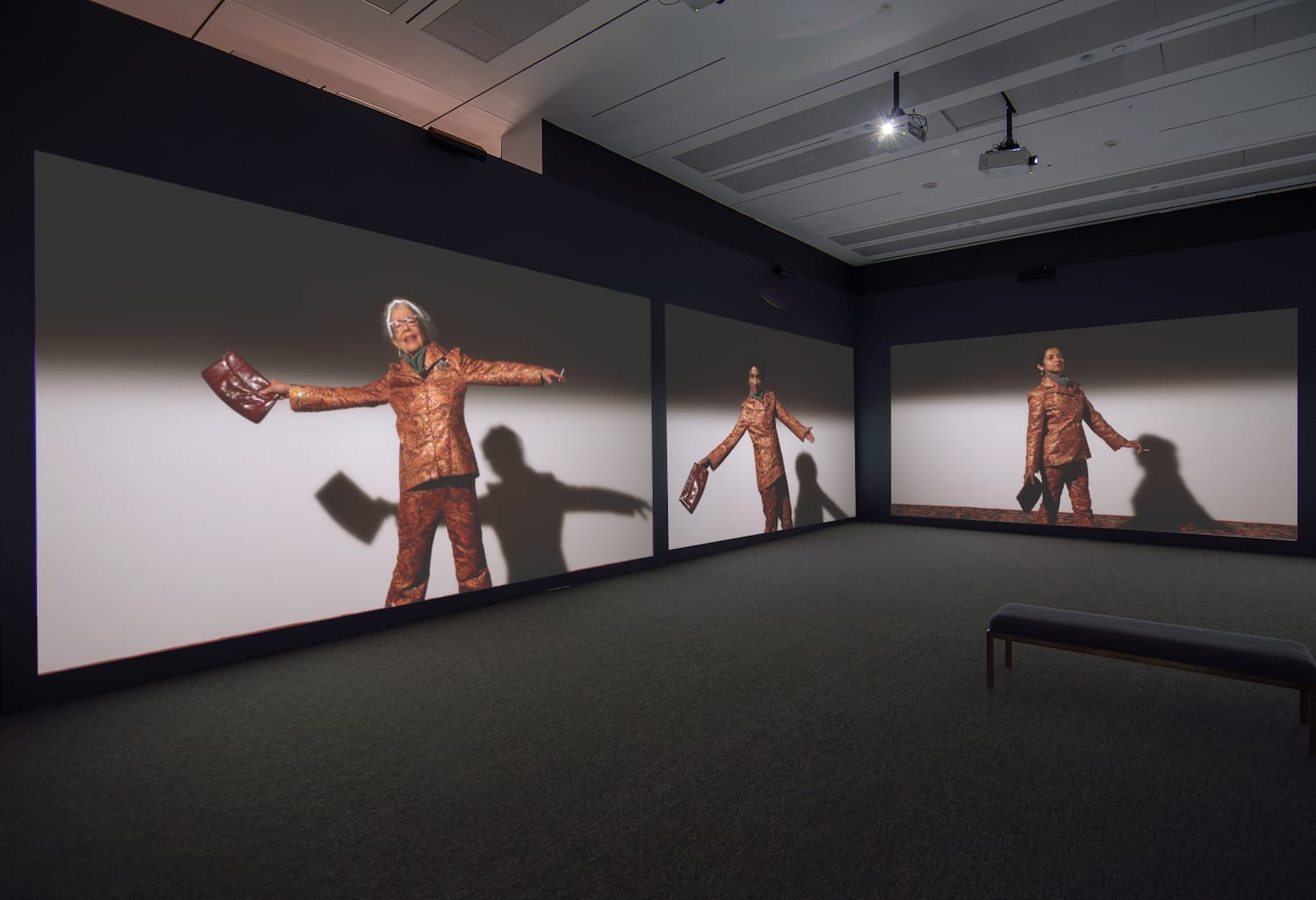
Eight Women: The Performers in “Suzanne Bocanegra: Valley”
Eight Women: The Performers in “Suzanne Bocanegra: Valley”
July 9, 2021 by Kendra Thornburgh-Mueller
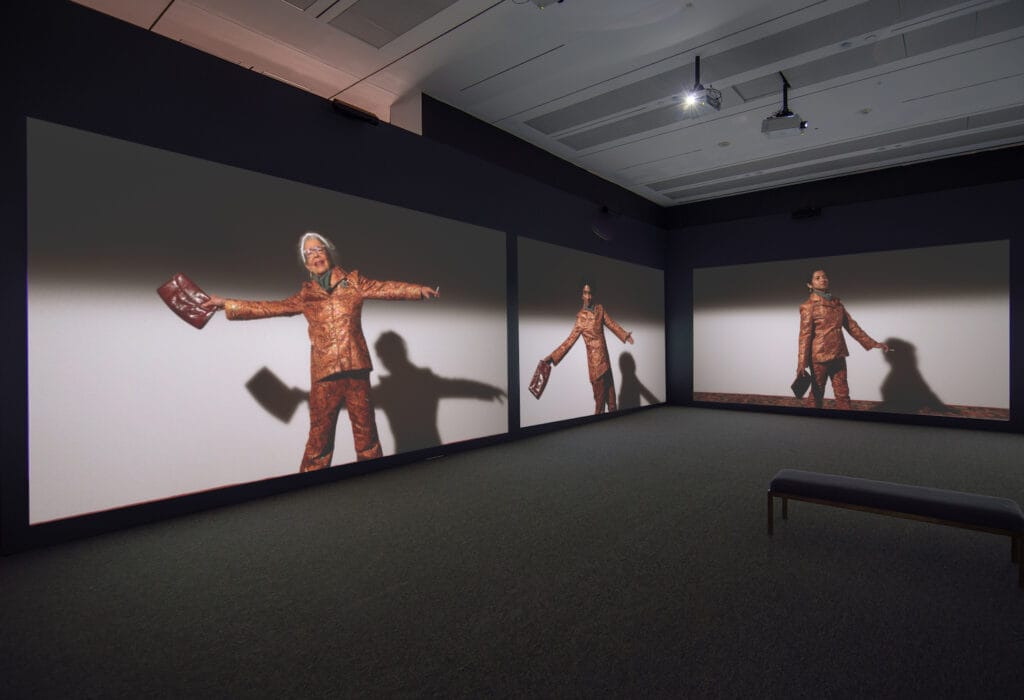
Suzanne Bocanegra: Valley opened at the Blanton on June 27, 2021 and will be on view until September 19, 2021. This immersive video installation presents eight women artists reenacting Judy Garland’s wardrobe test from her doomed casting in the 1967 cult film Valley of the Dolls. Bocanegra selected these women because their creative practices encompass various facets of performance. Each brings her own identity and physicality to her re-creation of Garland’s original motions and quips. While Garland appears fragile and self-conscious in the original footage—she would be fired just days into filming and died two years later—these oversize projections of the eight women artists exude a sense of strength and individuality central to Bocanegra’s investigation of the nature of performance.
The Blanton’s summer 2021 intern in modern and contemporary art, Kendra Thornburgh-Mueller, compiled the following biographies to shed more light on the backgrounds of the eight performers in Valley: poet Anne Carson; choreographer and dancer Deborah Hay; artist Joan Jonas; singer and actor Alicia Hall Moran; author, actor, and activist Tanya Selvaratnam; actor Kate Valk; artist Carrie Mae Weems; and ballet dancer Wendy Whelan.
—Claire Howard, Assistant Curator, Modern and Contemporary Art
Anne Carson
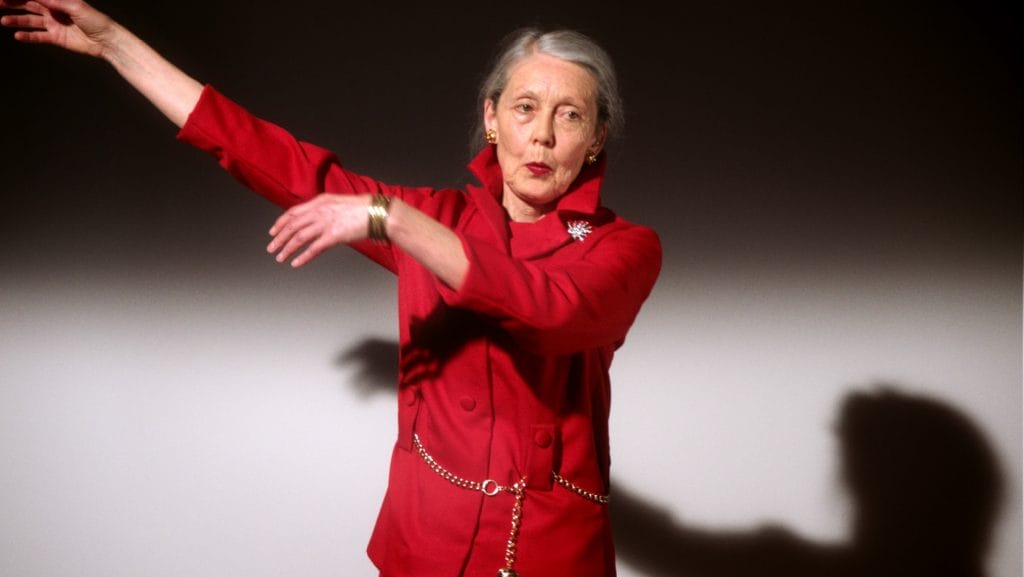
Poet Anne Carson traverses the borders of typical poetry, essay, and prose formats with an innovative, delicate sophistication. Carson dislikes autobiographical interpretations of her writing; instead she views her life as a source of inspiration for her work equal to any of the world’s many narratives. Carson appreciates classical performance and storytelling; she received a PhD in Classics, translated several plays by Euripides, and taught at numerous universities. She brings this expertise into her own publications, which are often inspired by Greek literature and themes such as love and despair. One of the most popular of her over twenty books to date, Autobiography of Red: A Novel in Verse (1998), transforms the myth of Hercules into a modern love story. The book’s sequel, Red Doc> (2013), gained her a Griffin Poetry Prize to add to her list of international awards and fellowship positions. For The Beauty of the Husband: A Fictional Essay in 29 Tangos (2001), Carson won the T.S. Eliot Prize, making her the first woman to do so.
Deborah Hay
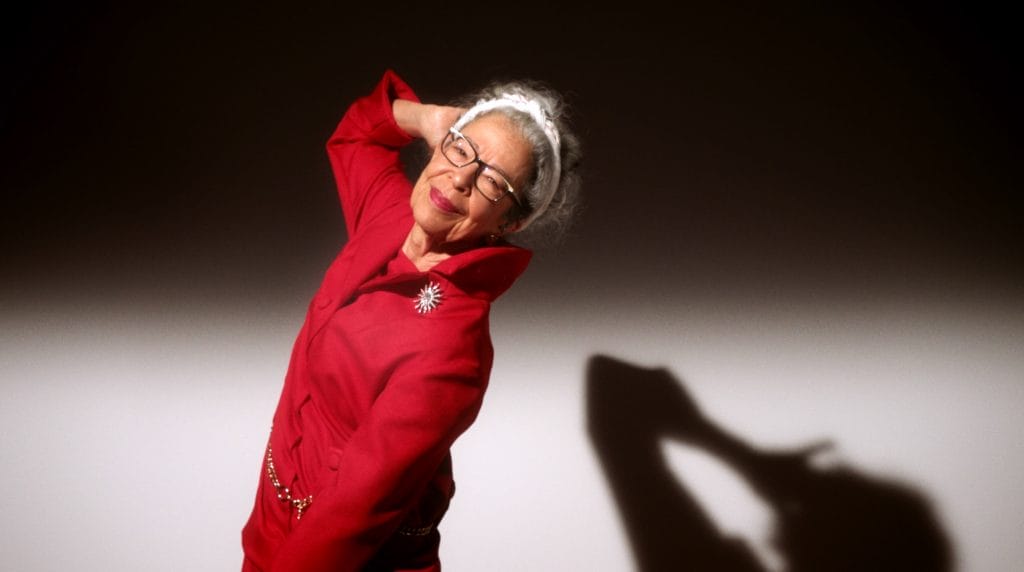
Deborah Hay’s career as a dancer and choreographer launched in the 1960s when she played a pivotal role in the development of postmodern dance. As a founding member of the Judson Dance Theatre in New York, she organized large-scale projects with untrained dancers and introduced the use of everyday movements in performance. In 1980, she founded the Deborah Hay Dance Company in Austin to teach practices like “playing awake†that allow the dancer to understand multiple layers of consciousness simultaneously. Over time, Hay started to concentrate predominantly on reflective solo pieces, including The Man Who Grew Common in Wisdom (1989) and The Other Side of O (1998). She more recently transitioned to choreographing for professional dancers, beginning with the debut of The Match (2005) at the Festival d’Automne. Hay has also written five books, which emphasize choreographic narrative and life lessons she has come to understand from her body while dancing. Her work has been presented in exhibitions at the Blanton Museum of Art, the Yale University Art Gallery, and the Museum of Modern Art, New York (MoMA).
Joan Jonas
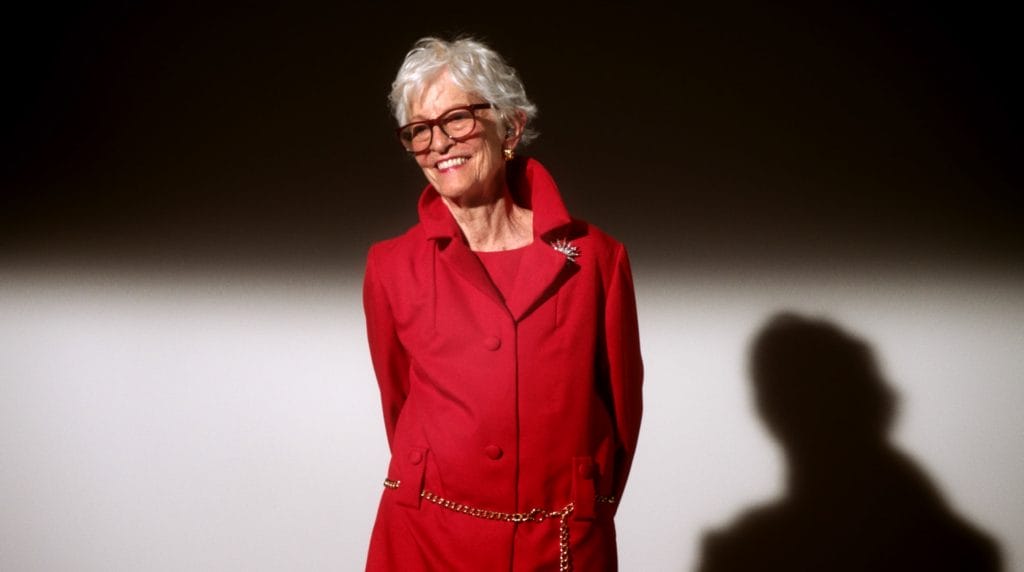
A true multimedia artist, Joan Jonas intermingles video, sound, text, and drawing. She often collaborates with musicians and dancers to make works as well suited to the gallery as the theatre. She has shown at institutions from MoMa to the Venice Biennale to Tate Modern and received honors from the likes of the Guggenheim Foundation and Rockefeller Foundation. Throughout the 1960s and 1970s, her experiments helped established video performance as a legitimate medium. In her landmark work, Mirror Pieces (1968–1971), she utilized mirrors as a motif to connect with the audience, question identity, and compare subjective and objective sight. Japanese Kabuki and Noh theater inspired works such as Organic Honey’s Visual Telepathy (1972) and Songdelay (1973), which explore femininity, disguise, and double meanings. In addition to her ongoing artistic practice, Jonas has worked as an influential professor at MIT for more than 15 years.
Alicia Hall Moran
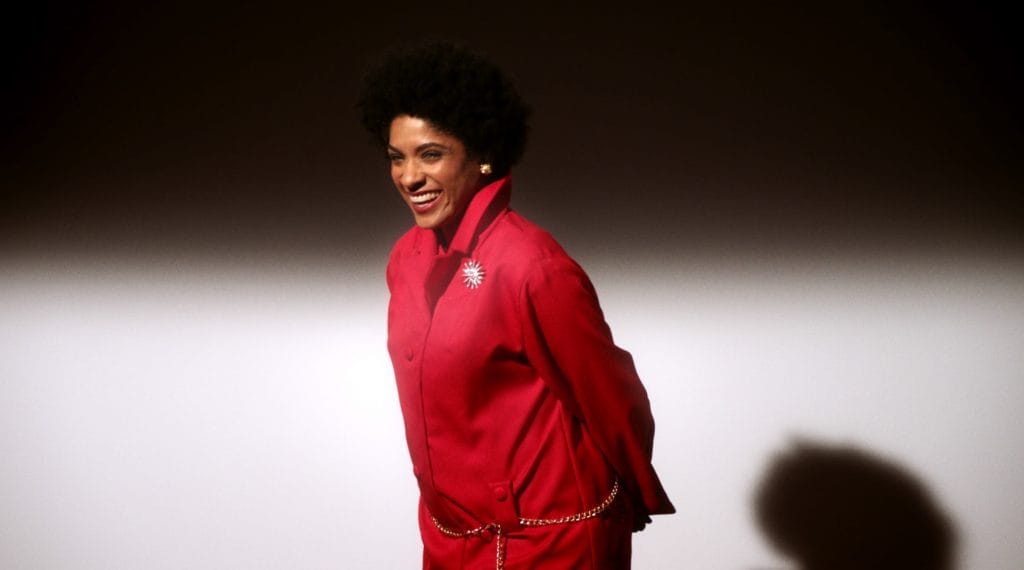
Alicia Hall Moran is a mezzo-soprano opera, theater, and jazz vocalist, who has performed in both small jazz clubs and solo shows with symphony orchestras. She made her Broadway debut as Bess in the revival of The Gershwins’ Porgy and Bess, which toured to twenty American cities. Her first album, Heavy Blue (2015), and her second, Here Today (2017), contain both original songs and covers of classics by Black musicians, and spotlight her luxurious voice. In 2018, Moran premiered Black Wall Street at the River to River Festival; Moran created and performed the concert, inspired by the history of Black finance in New York City and the Tulsa Race Riot of 1921. In 2017, she was awarded the Art of Change fellowship from the Ford Foundation in partnership with her husband, Jason Moran. She also collaborated with her husband, as well as a number of jazz bands and other singers, on her most recent project, Two Wings: The Music of Black Americans in Migration (2019). She has been individually commissioned for projects by Miami Art Basel, The Kitchen, and MoMA, among others.
Tanya Selvaratnam
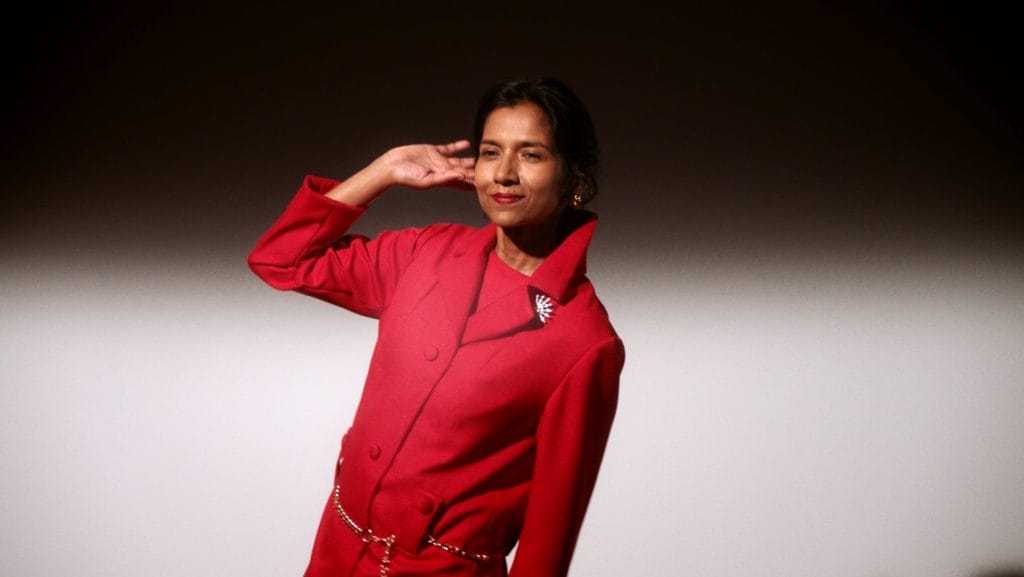
Author, actor, and activist Tanya Selvaratnam focuses her attention on social justice efforts, particularly the fight against mass incarceration and domestic abuse. Her career began when she assisted playwright Anna Deavere Smith on Twilight: Los Angeles, 1992 and worked as a youth organizer for the 1995 NGO Forum on Women in China. As an Emmy-nominated and Webby-winning producer, Selvaratnam has produced for The Vision & Justice Project and Planned Parenthood as well as films by Aubin Pictures, works by several prolific video artists, and live events at spaces including the Hammer Museum and Park Avenue Armory. She has authored two books, Assume Nothing: A Story of Intimate Violence and THE BIG LIE: Motherhood, Feminism, and the Reality of the Biological Clock. Her journalistic essays have been published in The New York Times and Vogue, among numerous other publications. In addition to appearing as a guest on many news channels and radio stations, she has spoken at international conferences including United Nation and World Health Organization events. Selvaratnam co-founded The Federation, a group of artist organizations working to keep cultural borders open and unite art with community and justice. Most recently, she served as the Content Chair of Arts on the Biden-Harris campaign.
Kate Valk
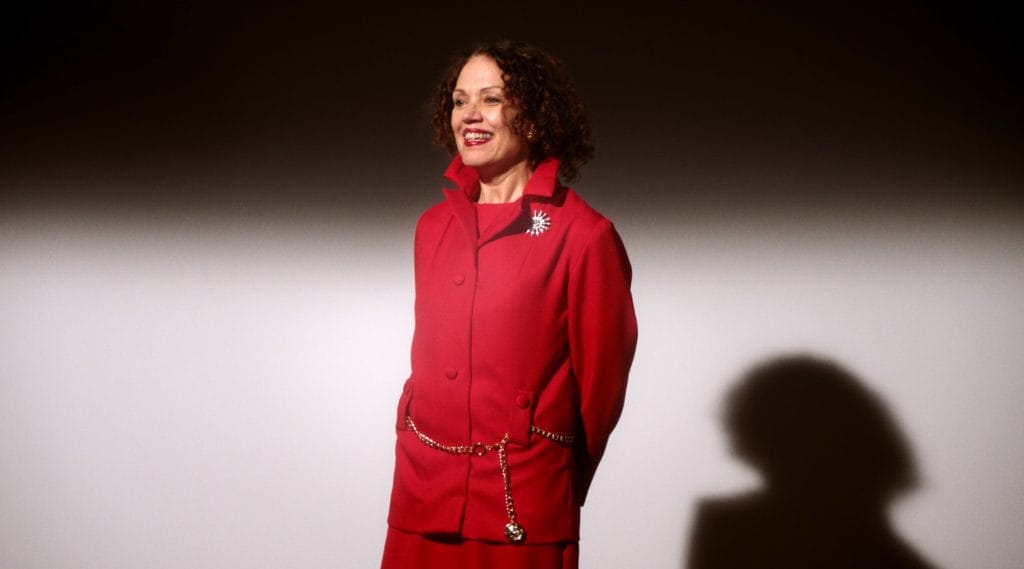
Kate Valk is a theater and film actress who, directly following college, began working as a seamstress for productions by the Wooster Group, a collective that creates new and experimental theater performances. Beginning in 1981, with her role in Route 1 & 9, an Our Town adaptation, she has acted in every Wooster Group show. Her dance work for the Group ranges from Hula (1981) to I Am Jerome Bel (2007). She also works as a director occasionally, shepherding the 2015 premiere of Early Shaker Spirituals in Brooklyn, for example. In addition to having led workshops at numerous universities, she founded an educational program at Dr. Sun Yat Sen Middle School in 1992 and the Wooster Group’s free Summer Institute in 1997. Valk received the 1998 OBIE Award for Sustained Excellence in Performance and the 2004 Foundation for Contemporary Arts Grant. On performing, she wrote that in the past she would identify the costumes and makeup—“a maskâ€â€”in scenes immediately, but in recent years has been interested in “seeing how close [she] can get to having the mask become invisible, to see what kind of self occurs.â€
Carrie Mae Weems
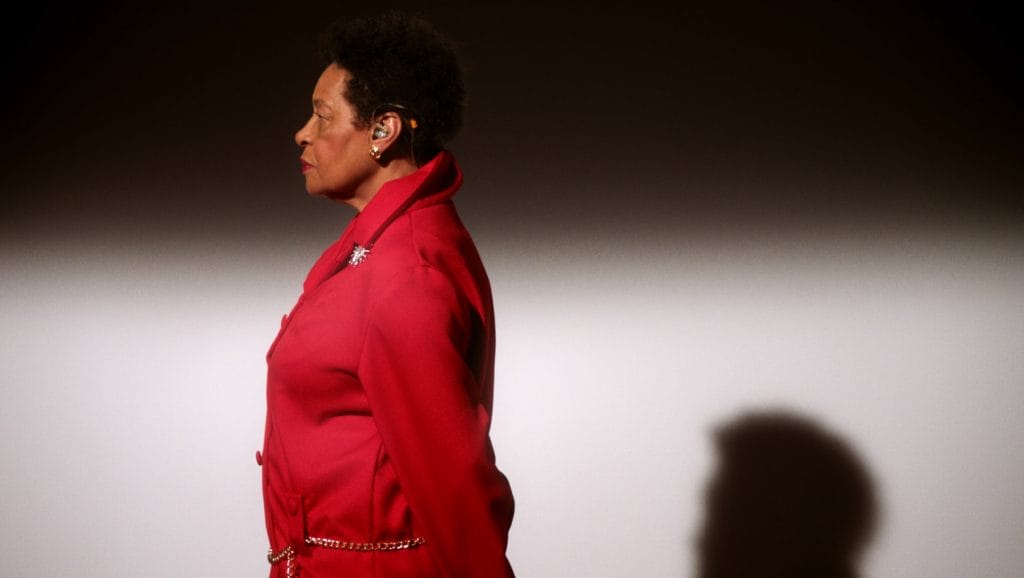
The themes Carrie Mae Weems addresses in her pivotal work are as expansive as her range of mediums: photography, fabric, installation, video, and audio serve as her means to dig into cultural and familial identity, political systems, and power. After receiving her first camera as a birthday present in 1973, Weems honed her skills, began studying photography, and first showed her work in 1981. The following year, she created her first major video work, focusing on Black photographers, particularly Roy DeCarava. Weems has since exhibited in solo and group shows internationally, at institutions including the Metropolitan Museum of Art, Solomon R. Guggenheim Museum, and Centro Andaluz de Arte Contemporáneo. One of her most acclaimed works—and a landmark in art history—is “The Kitchen Table Seriesâ€(1990), black and white photographs Weems took daily. The photographs’ characters—herself, her daughter, and her partner—navigate universally relatable relationships with each other and the world, all within the repeated wooden table and overhead light scene. Weems’s awards include the Rome Prize, a MacArthur “Genius†Grant, and one of the first Medals of Arts from the US Department of State.
Wendy Whelan
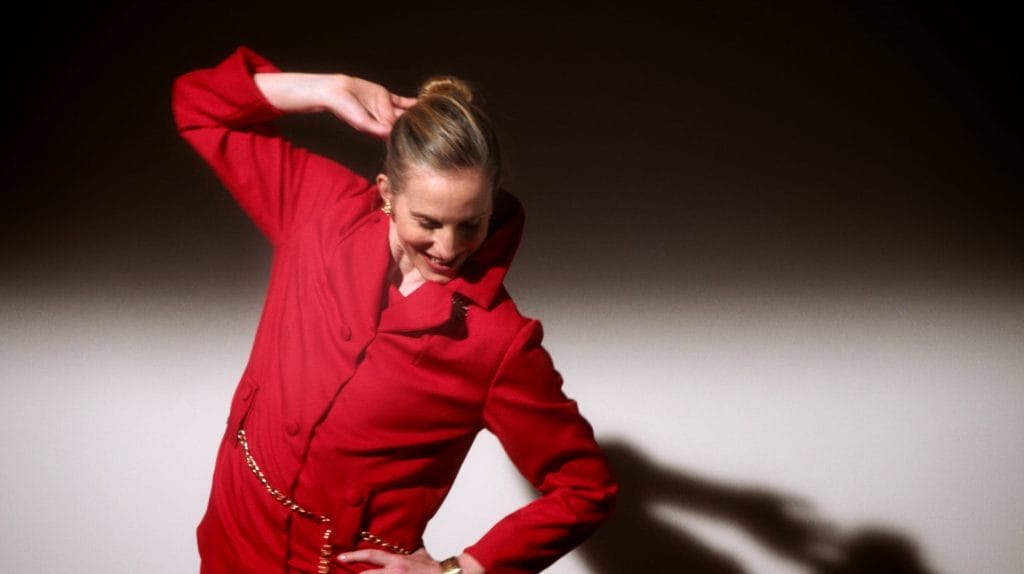
Wendy Whelan is a world-renowned ballet dancer known for her expertise in the Balanchine style. Since 2019, she has served as the Associate Artistic Director of the New York City Ballet. Whelan began dancing at age three and fell in love with performance after her role in the Louisville Ballet’s Nutcracker production at age eight. She joined the New York City Ballet in 1984 and worked her way up to principal dancer by 1991. Whelan became the most choreographed dancer in NYCB history, as lead in over 50 new works; notably, she worked with Christopher Wheeldon on thirteen of his ballets. She has also performed as a guest with The Royal Ballet, London, and the Kirov Ballet, St. Petersburg. In 2011, she was awarded the Jerome Robbins Award and a Bessie Award for Sustained Achievement. Whelan has developed multi-disciplinary and collaborative projects such as Restless Creature, which premiered at the Jacob’s Pillow Dance Festival in 2013. She is the subject of the 2016 documentary film Wendy Whelan: Restless Creature.
Images: Suzanne Bocanegra, “Valley†(stills, detail), 2018, eight-channel HD video (color, sound), 4:44 minutes, in collaboration with the Fabric Workshop and Museum, photos: Carlos Avendaño, courtesy of the artist

